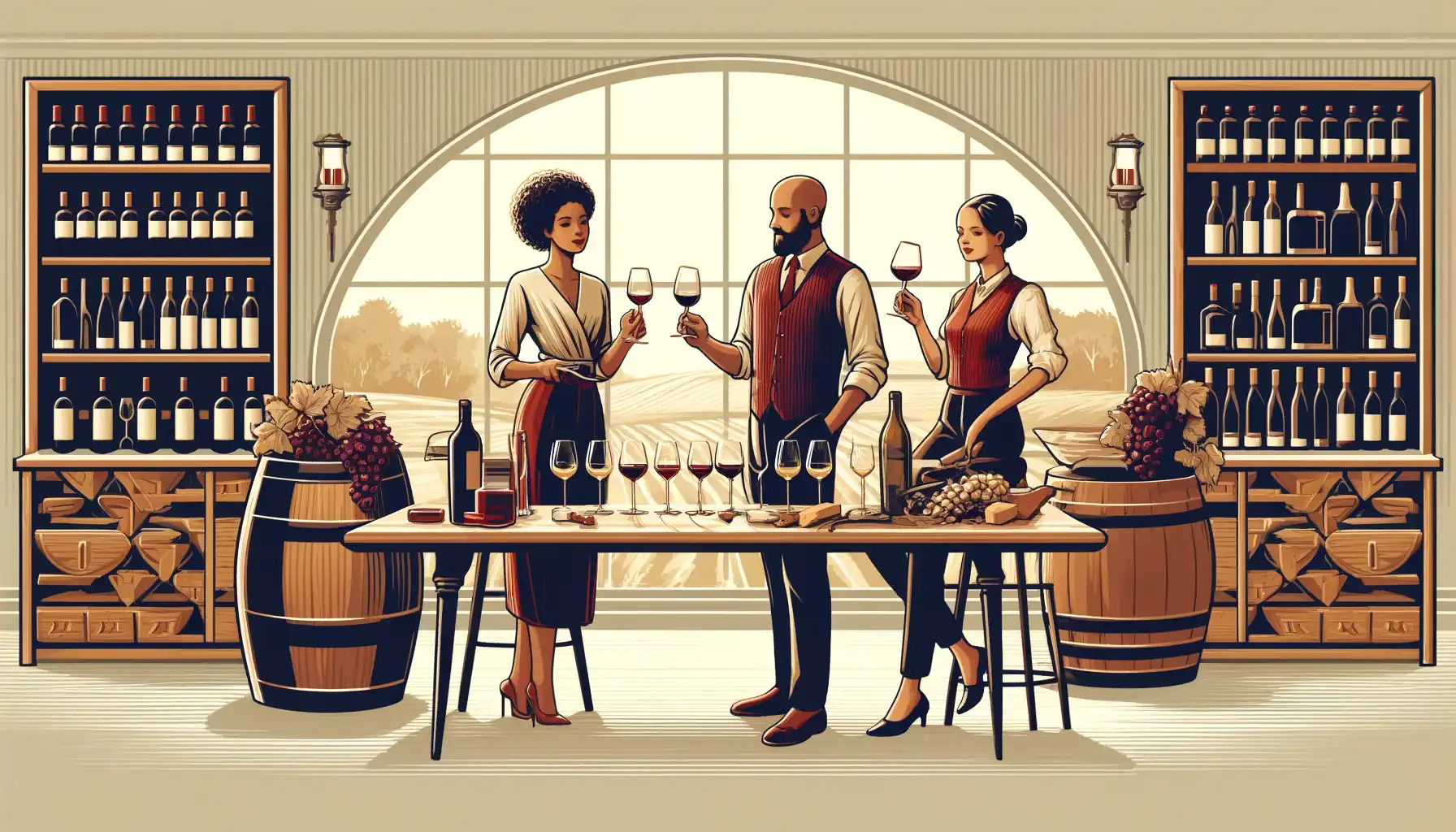Your Guide to Savoring Every Sip
Wine tasting can be an incredibly rewarding hobby, allowing you to explore a vast world of flavors, aromas, and textures. This guide will help you understand the basics of wine tasting and the necessary equipment to begin your oenophilic journey.
Wine tasting is about more than just drinking; it's an experience that involves your senses of sight, smell, and taste. By examining the wine's color, smelling its aroma, and appreciating its taste, you can savor the complexity of each wine you encounter.
Understanding Wine Tasting
1. Learn the Basics
Familiarize yourself with the different types of wine—red, white, rosé, and sparkling. Each type has unique characteristics and flavor profiles.
2. Understand the "Four S's" of Wine Tasting
- See: Look at the wine against a white background to appreciate its color and clarity.
- Swirl: Swirl the wine in your glass to aerate it, which can release its aromas.
- Smell: Take a deep sniff to experience the wine's aroma, also known as its "nose."
- Sip: Finally, take a small sip and let the wine coat your tongue and palate.
3. Keep a Wine Journal
Record your impressions of each wine you taste, including its type, the flavors you detected, and whether you enjoyed it.
Essential Equipment for Wine Tasting
1. Wine Glasses
Different types of wine are best appreciated in specific types of glasses. To start, a set of universal wine glasses will serve you well.
-
Red Wine Glasses: These glasses often have a larger, rounder bowl to allow the wine to breathe, enhancing its flavors. The larger surface area lets the wine come into contact with more air, which helps to mellow the tannins and allow the complex aromas of red wine to open up.
-
White Wine Glasses: These glasses tend to have a narrower bowl than red wine glasses. This design helps to concentrate the aromas and deliver more of the wine directly to your palate, enhancing your appreciation of white wines' delicate flavors.
-
Sparkling Wine Glasses (Flutes): Sparkling wines and champagnes are served in tall, narrow glasses known as flutes. This shape helps to preserve the wine's carbonation and direct the bubbles to the top of the glass, maintaining its effervescence.
2. Wine Opener
A reliable wine opener is a must-have.
3. Wine Tasting Journal
A journal to document the wines you've tasted, your impressions, and flavor notes.
4. Wine Decanter
While not absolutely necessary for beginners, a decanter can significantly enhance your wine tasting experience, especially for red wines. Decanting is the process of pouring wine into a separate vessel (the decanter) to aerate it. This helps to soften the wine's tannins and release its aromas.
5. Wine Preservation Tools
If you often find yourself unable to finish a bottle of wine, wine preservation tools can help maintain the flavor and quality of the remaining wine. One common tool is a vacuum stopper, which removes the air from the bottle, slowing the oxidation process.
Open a bottle of wine
Starting your wine tasting journey can unlock a world of enjoyment and appreciation for this age-old beverage. Remember, the goal is not to become an overnight expert but to savor the journey, one sip at a time.
Here's a selection of resources across various platforms to enhance your knowledge and enjoyment of wine tasting. Cheers!


